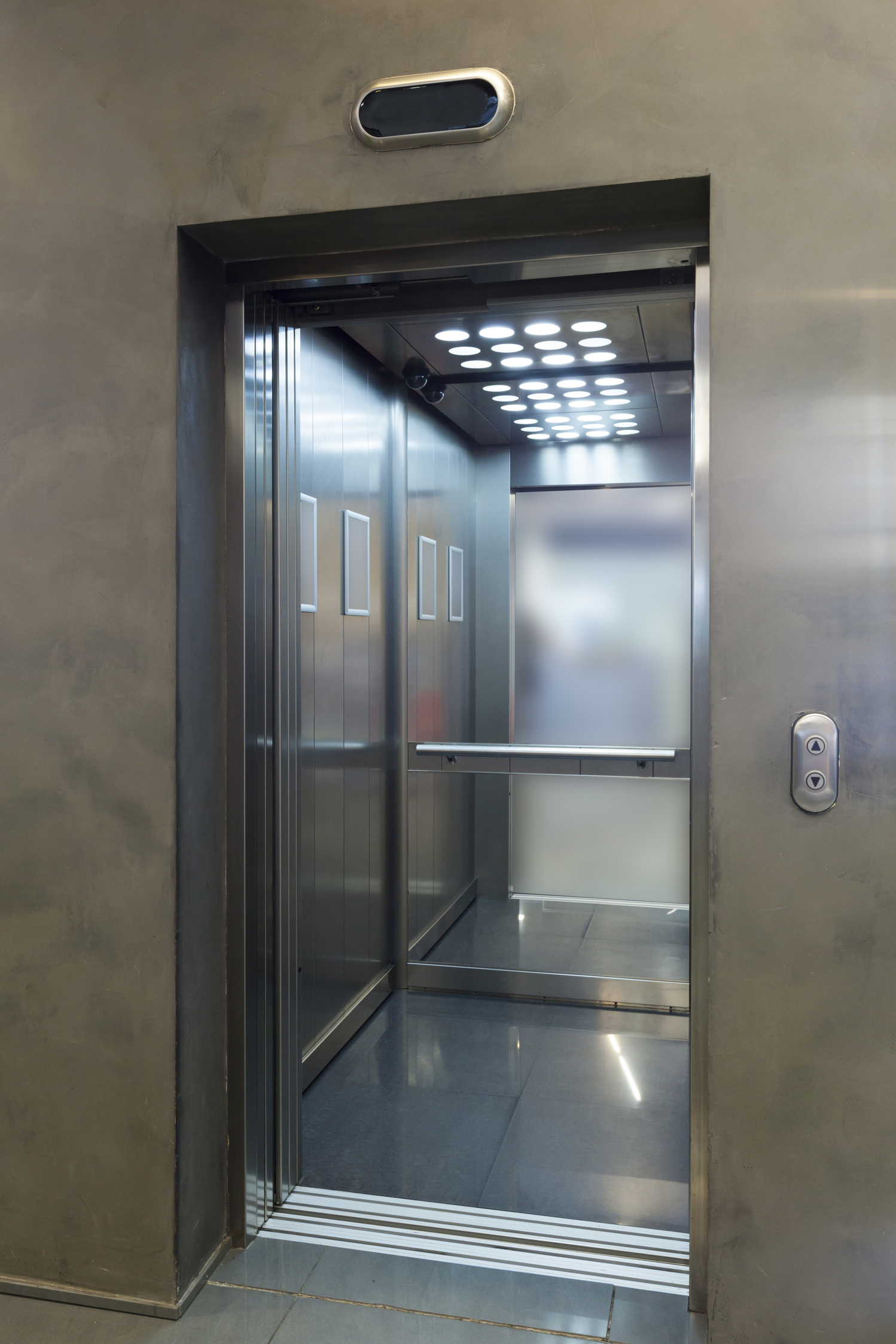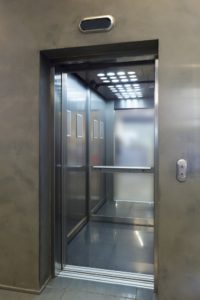The Placebo Effect of Lift Buttons

 Have you ever pressed the up button on a lift, but it wasn’t coming fast enough, so you pressed the button a few more times in the hope that it sped up its arrival? Despite what your brain is telling you, pressing the call button over and over again to make the life come faster doesn’t work.
Have you ever pressed the up button on a lift, but it wasn’t coming fast enough, so you pressed the button a few more times in the hope that it sped up its arrival? Despite what your brain is telling you, pressing the call button over and over again to make the life come faster doesn’t work.
This doesn’t necessarily mean that the lift is faulty. Professionally-made lifts like those from Vertrans Lift Surveys & Certification Ltd prioritises the safety of passengers over anything else, and the placebo effect of lift buttons can help ensure it.
The Truth about the Call and Door Close Button
Once you press the call button on the lift, the lift’s controllers register the command and proceed to go to your floor. If you press the call button again, however, it doesn’t trigger a mechanism to make the lift arrive faster.
The close door buttons inside the lifts do not always work, either. It can be due to different reasons: the doors could be set on a time delay to close after five seconds, broken, or disconnected.
Doors Must Stay Open Long Enough for Disabled Passengers
Lifts don’t have functioning close buttons to ensure the safety of disabled passengers. Doors must stay open long enough for anyone who uses a cane, a wheelchair or crutches to safely get on, after all.
The Illusion of Control has Therapeutic Effects
Experts agree that the minor sense of control people experience when they hit the buttons on lifts and cross walks that don’t have definite functions is mildly therapeutic. The Harvard psychologist Ellen Langer states that the perceived control is very important since it diminishes stress and promotes one’s mental well-being. The concept of a placebo is so effective that evidence shows that it still works even when you know you’re getting a placebo.
Buttons on lifts are not entirely useless; they just have to follow some guidelines to ensure the safety of all its passengers.




